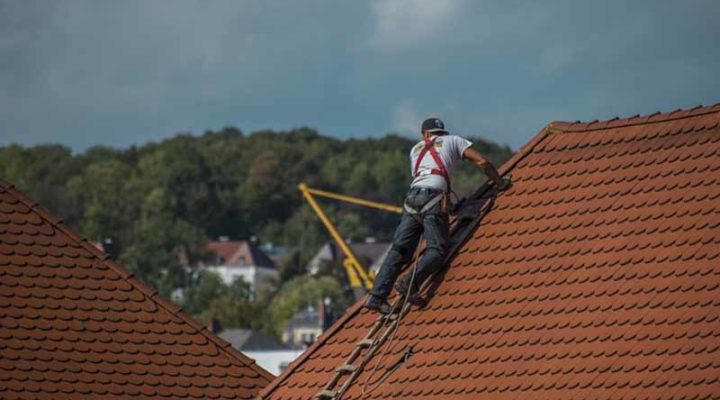
Although sheds vary in size, they usually have a square or rectangular shape. A roof, however, can take on any number of shapes, and each shape offers a variety of benefits designed to protect the shed against inclement weather.
A gable roof, for instance, consists of two upward-sloping angles that meet in the roof’s middle and highest point. Of all the roof types, the gable roof is among the most popular as it is easy to build and offers incredible protection. Finally, it offers excellent green-energy options. If there’s a chance you can get the help of shed kits for your needs.
1. Additional space
A shed with a gable roof allows you extra space between the slopes. If you build shelves, you can enjoy extra storage. If you build an attic with access, you can install insulation or shelves. This space also allows you to install lighting or a security system. With the lighting or security system installed, the wires are easily hidden in the attic space that would not otherwise be available with, for instance, a lean-to roof. In fact, when it comes to carport kits, a gable roof also allows plenty of space for tools, spare tires, or other automotive supplies.
This additional space can also be used for the installation of solar panels. Whereas a lean-to roof will only allow the panels to face one direction, a gable roof allows panels to face the sun as it crosses the sky. Consequently, you get energy in the morning and in the evening.
2. Protection against cold and heat
With the extra space provided by a gable roof, you get an extra pocket of air that helps insulate the shed from cold. If you block off this space with a ceiling, this extra pocket of air will easily protect cold-sensitive tools, mulch, or plants. Additionally, in the summer, this extra pocket of air will help retain cool air much longer than a flat roof or a lean-to roof.
3. Winter protection
Compared to a single slope across the entire length of a shed, a gable roof divides the roof into two sloping sections. This design sheds snow easily and helps prevent ice dams from forming. Additionally, when it snows, the weight of the snow does not pack across the entire roof. Instead, the weight is divided between both slopes, reducing the load on the shed.
If the roof is covered in black shingles, the sun will heat the roof and melt the ice where it contacts the shingles. The angle of the roof will then expedite the ice sliding off the roof. Quick shedding helps reduce weight load and decreases the possibility that the snow or ice will re-freeze and form an ice dam.
4. Venting
For a shed, you can easily cut a hole at each end parallel to the direction of the roof. Doing so will allow you to install venting to help reduce humidity inside the shed, which can lead to mildew, mold, or rot. A lean-to shed, for instance, does not offer this feature as easily. Moreover, the dual angles allow you to install soffits on either side of the roof, which will help the shed breathe.
5. Sheds precipitation
Because of the dual angles of a gable roof, it can block water from two angles and direct it downward to the gutters. Additionally, the dual angles divide the wear and tear between two sides. A lean-to roof, for instance, has one angle and the sun and water beat down on it every day of the year. A gable roof, however, receives half the damage and will last longer.
In terms of shedding water, a gable roof will usually be built at a steeper angle than a lean-to roof. Consequently, it sheds water quicker, which helps prevent wear and tear on the shingles or boards. For instance, slow draining can allow water or snow to the pool, which can lead to warping and leaks.
6. Maintenance
Provided the angle of the roof does not exceed 45 degrees, you will find repairing the roof fairly easy. For instance, if you cover the roof with shingles, most people can maintain secure footing on a roof angled at 45 degrees. If you do not feel comfortable on the roof, you can nail a board along the edge of the roof and another two feet farther up the roof. These boards serve as stops if you start to slip. Having two of them ensures you do not bounce over one and fall off the roof. A steeper roof, however, can be treacherous.
Autobiography: Jim Pulman has extensive knowledge and experience in Home Building, Construction, and Design. He writes articles in his free time and partners with content creators to share his expertise with the online community. You can reach him in his email if you have any questions – [email protected]
Leave a Reply